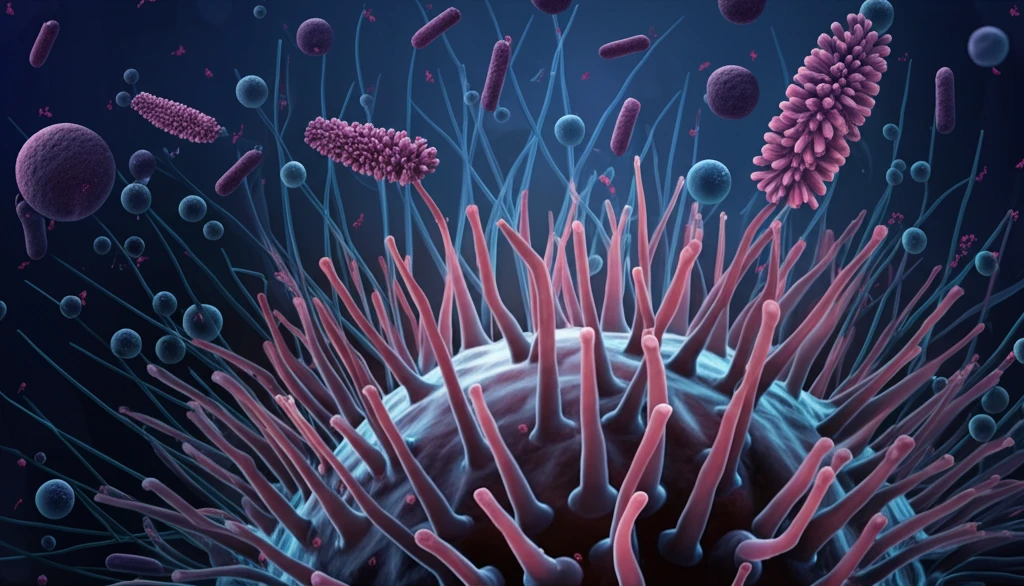
Decoding Your Gut: How Microbiome Research is Revolutionizing Public Health
"Discover how understanding the human microbiome can transform nutrition, disease prevention, and the future of healthcare."
In an era defined by rapid environmental change and emerging health challenges, the human microbiome stands out as a revolutionary field with the potential to reshape public health. As our understanding of this complex ecosystem within us deepens, new avenues for disease prevention and health promotion are emerging. The integration of microbiome research into public health strategies is not just an option; it’s an imperative.
The concept of targeting the microbiome for health benefits isn't entirely new. In the early 1970s, a genotoxicity test called the host-mediated assay highlighted the importance of metabolic processes in toxicology. This test, which involved exposing agents to a host organism and then studying the effects on bacteria, laid the groundwork for understanding how interactions within a biological system can influence health outcomes.
Today, microbiome research offers a similar, yet far more sophisticated, opportunity. By studying how environmental factors and dietary habits affect the composition and function of our gut microbiota, we can develop targeted interventions to improve health outcomes. The microbiome is increasingly recognized as a critical player in human health, influencing everything from immune function to mental health.
Environmental Toxicology and the Microbiome

Just as environmental toxins can disrupt ecosystems, they can also wreak havoc on our gut microbiome. Recent studies have shown that various environmental toxicants can act as microbiome disruptors, altering the diversity and balance of bacterial populations. This disruption can have far-reaching consequences for human health, as the microbiome plays a crucial role in various physiological processes.
- Disruption of Bacterial Populations: Environmental toxins can alter the size and growth characteristics of bacterial populations in the gut.
- Metagenomic Analysis: Advanced techniques can detect these alterations at the metagenome level.
- Need for Standardized Tests: There is an urgent need for simple, reliable, and standardized toxicity tests to assess the impact of chemical agents on the microbiome.
- Ecological Approach: Understanding the microbiome requires an ecological perspective, recognizing the interactions and evolutionary strategies of its elements.
Sesquitary Prevention: A New Frontier?
As medical and pharmaceutical technologies continue to advance, the possibility of modifying the gut microbiome to prevent disease becomes increasingly realistic. While still in its early stages, this approach could represent a new level of prevention, one that falls between primary and secondary prevention. This 'sesquitary prevention' would involve interventions that go beyond traditional lifestyle modifications to actively manipulate the microbiome for health benefits. Such a future hinges on extensive research into the microbiome's intricacies, its interactions within the body, and the long-term consequences of its modification.
